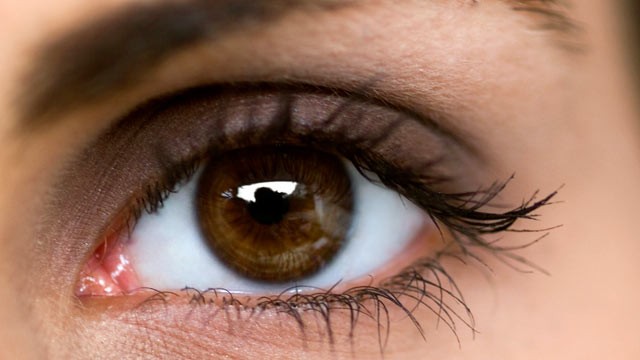Today, the National Council on Disability (NCD) joins the
rest of America in celebrating the 22nd anniversary of the signing of the
Americans with Disabilities Act (ADA) into law. As we do, we also celebrate
NCD’s own history as the federal agency that proposed the landmark legislation.
As we consider the progress made in over two decades, we
also use the anniversary to recommit ourselves to the full achievement of the
ADA’s potential – that “equality of opportunity, full participation,
independent living, and economic self-sufficiency” is possible for every
American, including those with disabilities.
Truly, this law warrants every celebratory observation it
enjoys each year. Since its passage, the ADA has opened doors – literally and
proverbially – for the more than 54 million Americans with disabilities, and
everyone else, too. That’s because disability laws are hardly legal protections
for the select few. Everyone benefits from the ADA. That’s because, in addition
to the law’s visible impacts – curb cuts and ramps and the like -- anyone at
any time can join the disability community due to aging, illness, or injury, as
our wounded warriors and burgeoning senior population know well.
Because so many Americans’ lives are touched by
disability directly or through a loved one, it’s not surprising that disability
issues enjoy a proud history of bipartisan support. The ADA was a poignant
example of that 22 years ago -- a Republican President appointed the members of
the small federal agency – our agency – that conceived of the ADA; a
Democrat-controlled House and Senate passed the ADA with broad Republican
support; and Republican President George H.W. Bush signed the ADA into law on
this day 22 years ago on the South Lawn of the White House.
A more recent example of the truly bipartisan quality of
disability right issues came to mind again in recent months in the U.S. Senate.
Six years after an American delegation under President George W. Bush helped
negotiate and approve the U.N. Convention on the Rights of Persons with
Disabilities, and three years after President Obama signed the Convention,
Republican Senators John McCain, Jerry Moran, and John Barrasso, and Democratic
Senators John Kerry, Dick Durbin, Tom Harkin, and Tom Udall all announced their
support for U.S. ratification of the Convention on the Rights of Persons with
Disabilities (CRPD) in May following the submission of the treaty package to
the Senate. At the Senate Foreign Relations Committee hearing on the Convention
just this month, written or oral testimony from former President George H.W.
Bush, former Attorney General Richard Thornburgh, and Senator Bob Dole was also
received in strong support of the Convention. NCD staunchly supports
ratification of the Convention and is hopeful that the full Senate provides its
consent for ratification in the days ahead.
As this most recent example continues to drive home –
disability rights are no longer a radical concept. They are the norm; the
standard. Those who oppose equal access and inclusion are increasingly out of
touch with the majority of Americans, and, indeed, the rest of the world.
New battles seem perpetually ours, just as our disability
rights movement forbearers have taught us by life examples spanning
decades. Persistently high unemployment,
school bullying, entitlement reform… the work never seems completed.
But let us take heart. In the words of Henry Ford:
“Coming together is a beginning, keeping together is progress, and working
together is success.” So with the same spirited determination that our
community’s leaders demonstrated in securing the law we celebrate today, let us
march and roll together to greet the next wall with our hammers of justice and
our shared hope as our unifying bond.
Happy anniversary, ADA! Lead on! Lead on!
Link to ADA Anniversary statement on NCD's web page:
National Council on Disability
1331 F Street, NW, Suite 850
Washington, DC 20004
202-272-2004 Voice
Get regular updates via NCD’s Facebook page:
Follow NCD on Twitter:
Sign up for regular email updates at:

